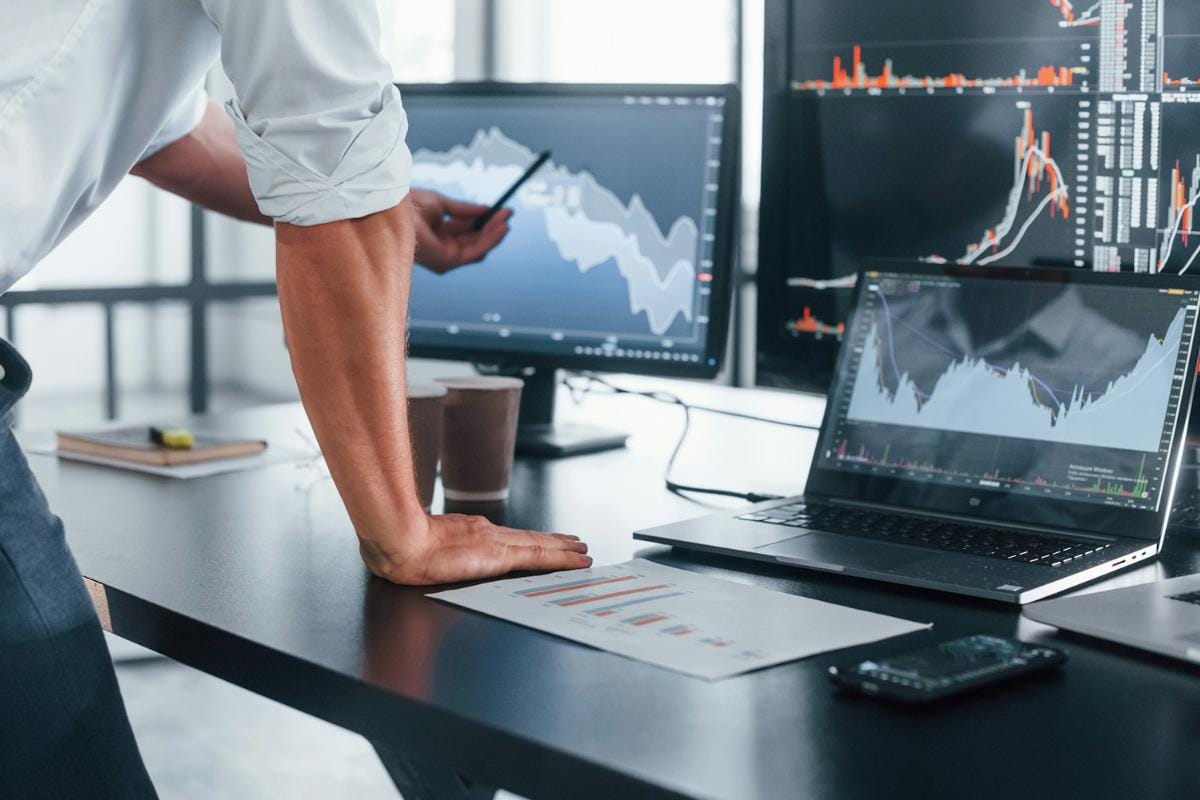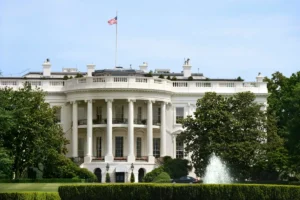By Will Low, Portfolio Manager for the Nikko Asset Management Global Equity team
The experience of investing in risk assets over the last six months has been a rather miserable affair for everyone involved—particularly in some corners of the market where we have seen an utter collapse in share prices. We wonder, however, why this should be such a surprise for so many investors.
The evidence would suggest that many investors have become conditioned by the environment that had prevailed for over a decade, with a smooth and clear road to higher prices for equities and indeed most financial assets. The world’s key central banks have had a specific goal of lower yields on financial assets since the great experiment of quantitative easing commenced. We have been in an era that has been less about investing capital and more about deploying capital in the beneficiaries of the great inflation in financial assets.
This era even had its own language: SPAC, FAANG, meme, NFT, crypto, FOMO1 and so on. We live in a world where artificial intelligence is developing rapidly and is able to join the dots within larger data sets much better than humans can, and we will no doubt underestimate the degree of future advances in this area.
Whether the current outcome is surprising or not, all investors are now faced with a new and ongoing challenge. Policy makers no longer have our back and inflation rather than the price of risk assets is now their number one priority. The road ahead is not going to be so easy.
Three steps for the road ahead
It may be easy to become gloomy after the drawdown of the last few months. But we believe that there are plenty of reasons to be optimistic about the prospects for compounding your future capital from today’s levels if you consider the following three steps.
1. Recognise that that we have shifted to a different road type, and it is rougher and more variable
As investors in individual companies or markets more broadly, we are constantly being asked to differentiate between volatility that is just short-term angst and a signal of change. This is our suggested approach: always be open minded to new information that could undermine a thesis. The thesis, however, is that we are seeing a regime change.
More specifically, inflationary trends are now greater than they were in the past given the scale on monetary creation over the last decade. In the shorter term there will likely be a period of easing pressures as the pending rate-induced recession commences and supply chain pressures ease somewhat. However, on balance structural energy undersupply, labour market constraints and military expenditures will all contribute to sticky inflation at rates likely to be above the 2-3% ideal for central banks. Risk free rates will therefore remain at higher levels.
Secondly, geopolitics will likely remain problematic as the battles for technology hegemony between China and the US and the struggle for military supremacy in Ukraine are likely to be prolonged. The free flow of capital across borders should no longer to be assumed, the cost of borrowing in the world’s reserve currency will likely stay high and we need to be prepared for an increasing shift from actors, such China, moving away from the US dollar as the currency of external trade in the years ahead.
In short, we believe that growth in the broader economy will be less certain and more cyclical, and as a result the cost of capital will not return to the low levels we saw in 2020–2021.
2. Realise that this new road may be best travelled with different vehicles
The good, albeit challenging, news for investors is that when there is a regime change, as the significant market correction seems to flag, there is a high probability that there will be new leaders in the race ahead. We have done some work on prior periods of significant market corrections and what the probabilities are, with a clear caveat that the number of reference data points is modest in total. As a reminder, the leaders over the last cycle were information technology, consumer discretionary and energy; assuming they will automatically return as market leaders is a brave call based on this work. Our personal intuition is also that new leadership is likely to emerge this time given the scale of surplus of capital that has just been allocated to the winners.
3. Improve your probabilities by sticking to a few enduring principles
Invest in price makers versus price takers
It is not just the price for assets that has had favourable tail winds over the last decade, but also profitability. Profit shares as a percentage of GDP have been at record levels in most economies, and this has conditioned investor behaviour, with recency bias leading many to assume that this will remain the norm. Work by empirical research previously highlighted that in the decade prior to 2021, about half of the improvement in profit margins for US manufacturers was down due to lower interest costs and taxes. Whilst lengthening of debt duration may dilute the impact of rising rates, there is now a clear headwind for interest costs and taxes similarly are heading upwards in many economies.
Gross margins are similarly being challenged by rising labour inflation (and availability), a shift to more local and higher cost supply chains, rising raw material input prices and (particularly for those sectors previously benefitting from COVID-related revenue boosts) negative operating leverage as sales decline. On average, times are getting tougher for businesses, and franchise strength is being tested more fully. Where products and business models are unique, dominant or gaining share, the scope for passing on costs to customers and sustaining volume growth is greater.
Ensure capital funding is sustainable
It is now patently clear to all that the cost of debt is going up notably, and as is always the case, the availability of debt could become more irregular. The degree of change in debt costs in US dollars is much greater than in other currencies and given its reserve currency status it raises the global cost of capital for many businesses. Self-funding growth (high free cash flow) and balance sheets with appropriate and long duration debt, in our view, will be better placed to keep investing through the pending down cycle. Cash-burning, profitless business models likely won’t pass the test.
Focus on justifiable valuations
We have learned, sometimes through bitter experience, that the penalty for investing at inflated prices and a lack of future cashflows is quite onerous. Compounding of capital from levels that can be politely described as “frothy” is really difficult. When the music stops, falls of 80-90% are common for the frothy crowd, and more often than not they stay down as profitability remains a dream rather than reality.
Where we find Future Quality winners
If you are a more seasoned investor none of the above should be particularly surprising. The next key question will likely be: where are you investing your capital within global equities? Companies on a unique journey of improvement that can attain and sustain high returns on invested capital over the next five years or more have always been the best starting point, in our view.














